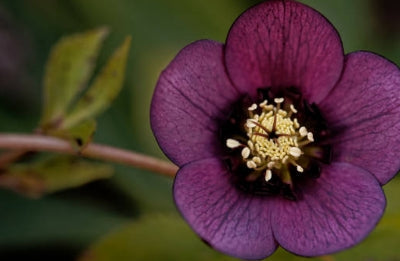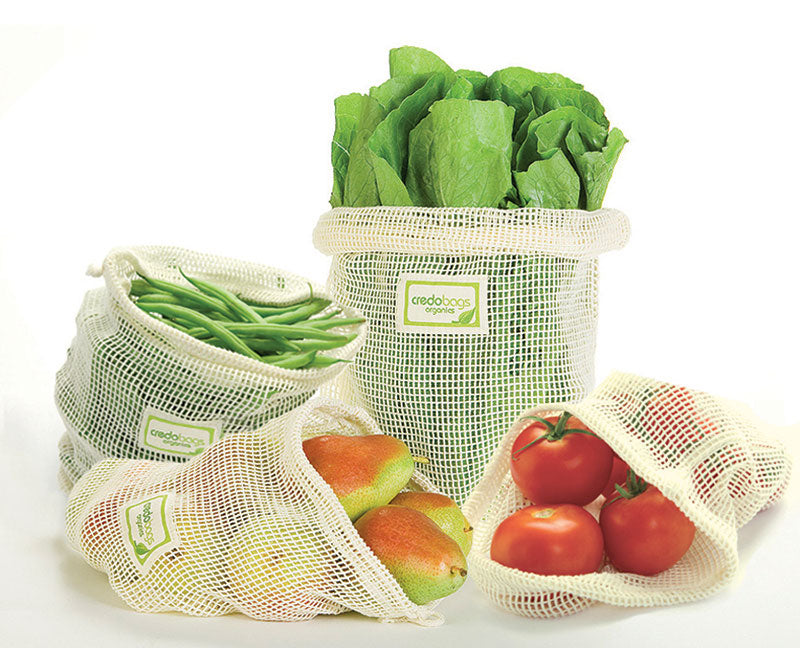
Mastering Hellebore Care: Tips from the TBG
Looking at adding hellebores to your garden and not sure where to start? Want to find the perfect space to plant your new beauty? The Garden Shop is here to help. We have created an easy "how-to" to get you started with your new plant.

HELLEBORUS CARE
They are native to central and south Europe where they grow in poor soils in mountain regions.
These plants are very tough and need little care. They are hardy to zone 4-9, Helleborus are easy to care for, evergreen and fully hardy. Developing an upright habit, they are clump forming. Planting them in the right spot in your garden and taking good care of them, guarantees they will flower in the winter and spring for years and years to come. This herbaceous or evergreen perennial is disliked by deer and other animal pests prone to munching on plants.
All parts of the hellebore plant are poisonous, so take care to keep children and pets away.
WHERE TO PLANT
Helleborus prefers a partially shaded place that protects them from the midday sun in the summer. Deciduous shrubs or trees are perfect neighbors for them. Morning sun and afternoon
shade is preferred for the Helleborus, but they can handle some sunlight in the afternoon, as they are grown outdoors.

WHEN TO PLANT:
If you can get a shovel in the ground, you can plant your Helleborus! For the spring time, be careful about potential frost from the cold spring weather- if you have not planted your helleborus, they can be kept in a cool environment for several weeks.
HOW TO FERTILIZE:
Helleborus are long-lived perennials. If they like the place where they have been put, they will stay there for many years. All varieties prefer rich and chalky soils but will also thrive in other locations that are not prone to waterlogging. Helleborus plants do not require any fertilizer in their first spring. Feed older plants from February onwards and apply a second dressing of
fertilizer in midsummer, when the plants grow new roots and initiate flower buds for the next season. Care for helleborus should also include careful fertilization. Too much nitrogen may result in lush foliage and a shortage of blooms.


